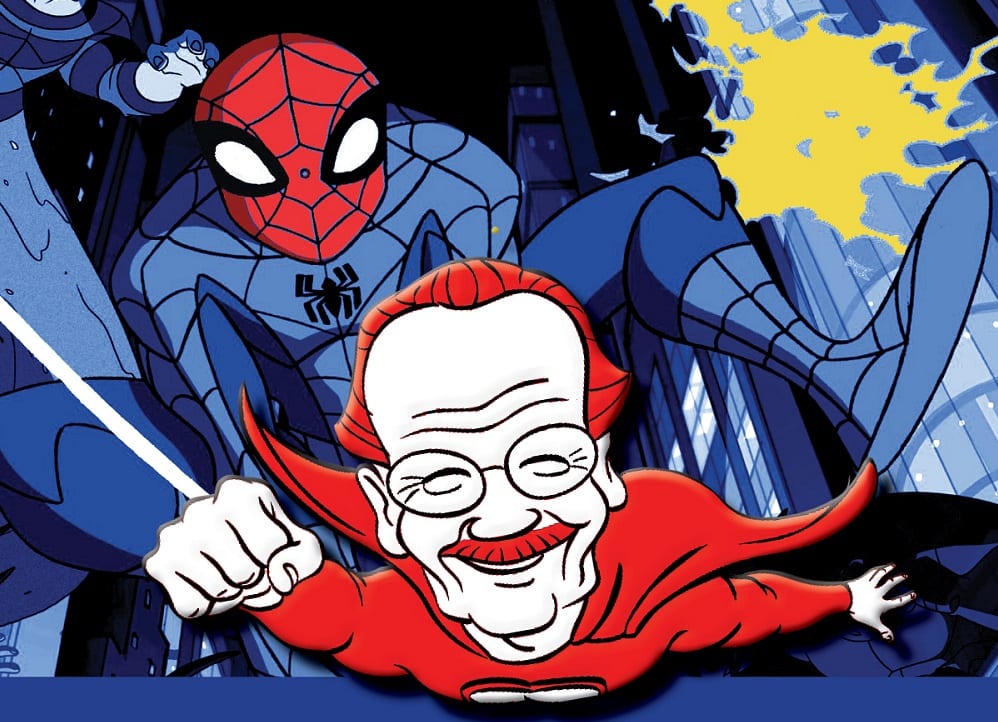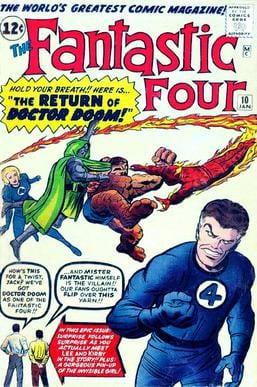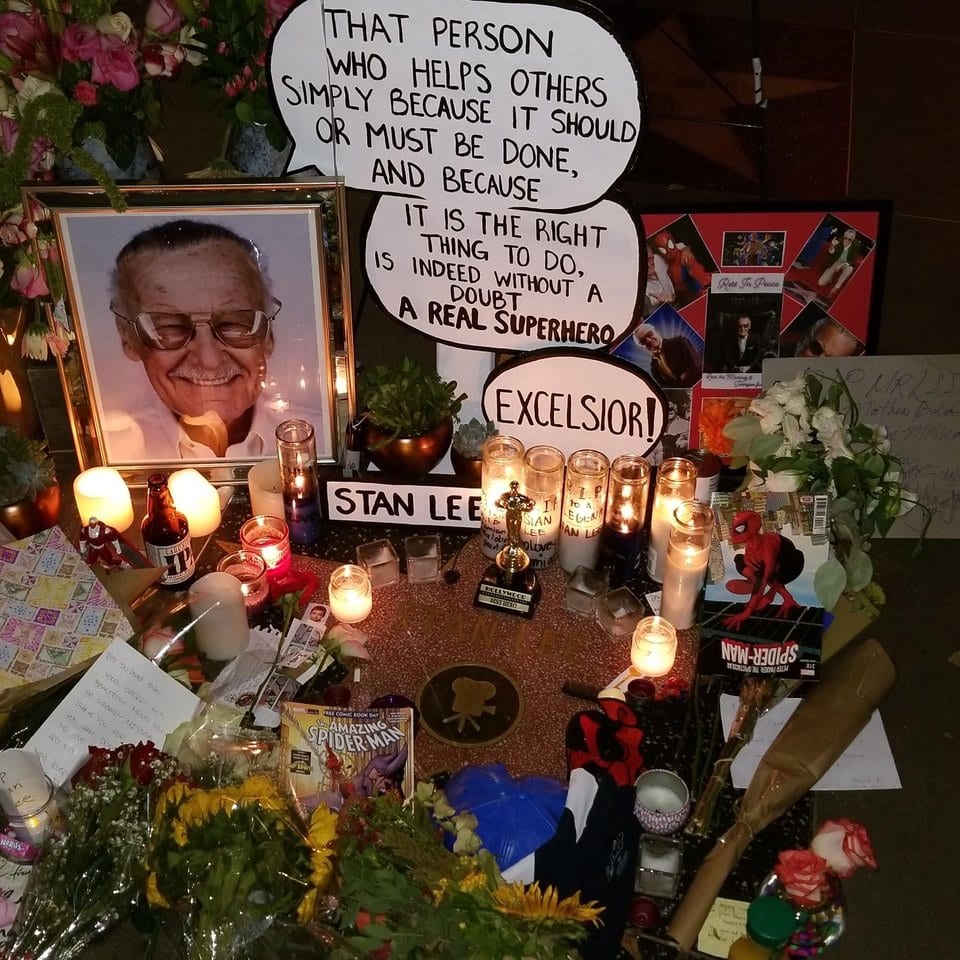Assaf Gamzu
The popular culture of 2018 owes so much to Stan Lee. Every couple of months a new comic movie is released by Marvel Cinematic Universe, that undisputedly has been ruling the world of cinema for a decade now. Most of the stars – Thor, The Hulk, The Black Panther, Spider-man and others – were created by Stan Lee over five decades ago. Back then they were part of a cultural revolution and apparently no one – not even Stan Lee himself – could imagine the honor, fortune and cultural impact they receive today.
The beginning of Stan the Man was much humbler. He was born in 1922 by the name of Stanley Martin Lieber in New York, to parents who immigrated from Romania. From a young age Stanley planned to become a famous American author, when he was 17 his cousin helped him get a job as an assistant in a publishing house in the comic’s department “Timely Comics”. He joined in perfect timing the superheroes revolution started by second generation Jews like himself, only a few years older: Jerry Siegel and Joe Shuster (“Superman”), Bob Kane and Bill Finger (“Spider-man”), and Will Eisner and Jack Kirby (“Captain America”). In the comic book “Captain America 3” he got his first credit as a writer, by the name of Stan Lee, as he preferred not to use his real name yet, which he was saving for his first serious novel by Stanley Lieber, not to be confused in the future with that under culture comic books writer.

Following United States’ entry into World War in 1941, and the induction to service of the chief editor, as well as many artists, Stan got promoted. He was only 19 when appointed chief editor, and had a change to demonstrate his unique aptitudes in managing and editing where demonstrated. Yet he still did not renovate much in his writing. In fact, for the next 20 years Stan and “Timely Comics” (which later became Marvel), did more of the same superheroes written (and sometimes left behind) by other writers, mainly from the competing firm, DC Comics. They were good, strong balanced heroes – exactly how America perceived itself in the time after the war and during the recession.
The turning point only arrived in the 1960’s, but its impact can be still felt today. Stan was tired and bored, he threatened for the million time to retire and finally sit down and write his big serious thing like he had always dreamed of. His publisher, Martin Goodman (husband of that cousin who got him the job 20 years earlier), urged him to invent a new team of super heroes, that would compete the Justice League by DC. Imagine how pleased Martin would be had he knew how hard “Justice League” tries today to meet Marvel’s success. Frustrated Stan’s wife gave him her advice: why not write superheroes just the way you want them to be, instead of complaining all the time?

So he did just that. An era of superheroes of a new kind started –vulnerable, complex, and way more realistic and humane. The first release of this new wave were “The Fantastic Four”. In cooperation with Jack Kirby, Lee created a story about a family of adventurers with dynamic complex relationships. At first they did not even have a designated outfit, only after the readers demanded it did they get one. Following the success, Jack and Stan created an even more complicated character: The Hulk, who is in constant internal battle between his everyday identity as a nice scientist and his monstrous heroic alter ego. Then came Spider-man, (with Steve Ditko), a loser in high school who keeps stumble wherever he turns; the X-men, Thor, Iron Man, Daredevil (with Bill Everett) – all participants in the Marvel revolution.
During the 1960’s Stan Lee teamed up with the baby boomers who grew up on DC’s superheroes, but wished to change the conservative bourgeois world of their childhood. Stan, Jack and Steve offered them more realistic heroes, who had personal troubles and dilemmas, and who lived in the real world, for example New York, rather than Metropolis or Gotham. It was a rare combination of excellent business instincts and a genuine aspiration to relate to actual issues, for example Afro-American rights, with the Black Panther (Lee and Kirby, 1966) and Luke Cage (Thomas, Goodwin, John Romita Jr, 1972), or the Vietnam War, drugs use, and other current affairs. Stan’s characters were not just saving damsels in distress, but also tried to correct the real world that the readers of America, torn by racial and economic splits, were living in during the 1960’s.

Stan was also a fine salesman, and a branding expert, long before the term was known to every greenhorn. He started to publish letters from readers in the back pages of the comic books, to answer questions and send gifts, he made heroes visit stories outside their own, and make sure the fans buy as much merchandise as possible, which laid the foundations of the business model of Marvel today.
Soon he became “Stan the Man”, the man who seemingly was behind all the trailblazing eye capturing productions that Marvel released. Of course, it was not that simple. Stan, who was supposed to write dozens of different comic pages each month, with various characters and interrelationships, came up with what is still known as “the Marvel Method”, in which Stan invited the chief artist of the issue to a brainstorm talk about a new character or story, then filled the artist’s illustrations with all the speech balloons by himself, which allowed him an extraordinary productivity, but also raised lots of criticism against him, for not giving enough credit to other participants in creating the Marvel’s gallery of characters.
In 1972 Lee ceased to write regularly, and became the publisher of Marvel. During the 1990’s after a career of 5 decades, he retired, but still continued to be identified with the firm until his last day, last month.